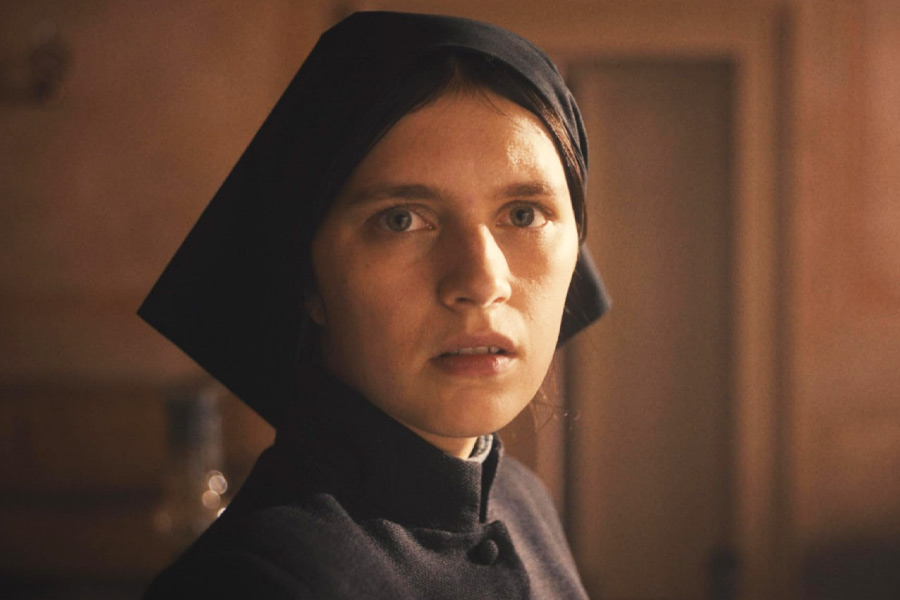Sequels, prequels and spin-offs have become the order of the day in the studio horror genre. While many franchises — be it The Conjuring or The Evil Dead — have struggled to measure up to the original, The First Omen, by first-time director Arkasha Stevenson, serves as a chilling prelude to Richard Donner’s 1976 horror masterpiece, The Omen.
Stevenson channels the essence of Donner’s film by embracing its symbolic depth, vintage ambience and insidious dread. The First Omen chronicles the events that led to the birth of Damien, the Antichrist, against the backdrop of 1970s Rome, an era steeped in political turmoil and religious unrest.
The First Omen revolves around Margaret Daino, a young American novitiate who arrives in Rome to take her vows of chastity, amidst civilian protests. She is designated by the church to work at an orphanage, where she runs into several odd characters — Carlita, an artistic orphan; Luz, her eccentric roommate; and Sister Silvia, the stern abbess. Carlita shares a disturbing drawing with Margaret, hinting at dark secrets within the orphanage.
Curious to find out what’s going on, Margaret discovers sinister files linking Carlita to a demonic plan orchestrated by a section of the church to resurrect the Antichrist. As Margaret digs deeper into this conspiracy shrouded in secrecy, she finds herself trapped in a web of deception and betrayal where trust is a luxury she can ill afford.
In its most frightening moments, The First Omen confronts audiences with the grotesque reality of childbirth, turning what is often celebrated as a miracle of life into a harrowing descent into darkness.
What works in favour of The First Omen is Stevenson’s skill in creating an atmosphere of unrelenting dread and unease. There are no cheap jump scares or tired genre tropes, and instead of terror lurking behind the shadows you feel it moving inside you. The period setting is brought to life with a lot of attention to detail, from the earthy colour palette to the mood of a bygone era fraught with foreboding.
Yet, beneath its vintage exterior, The First Omen resonates with contemporary relevance, offering a critique of religious fanaticism and its subjugation of women. Through Margaret and Carlita’s struggles for autonomy and agency over their bodies, the film underlines the forces of oppression and control that continue to plague society.











